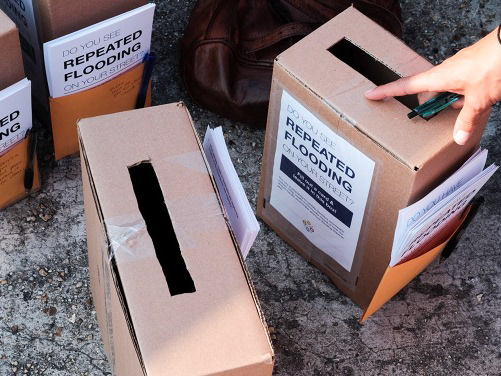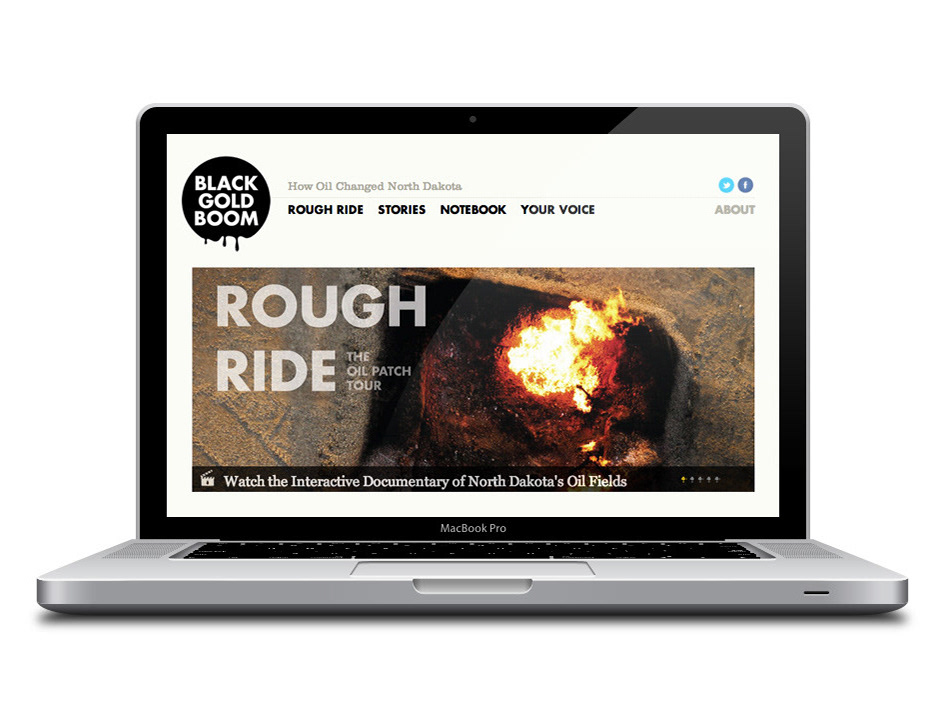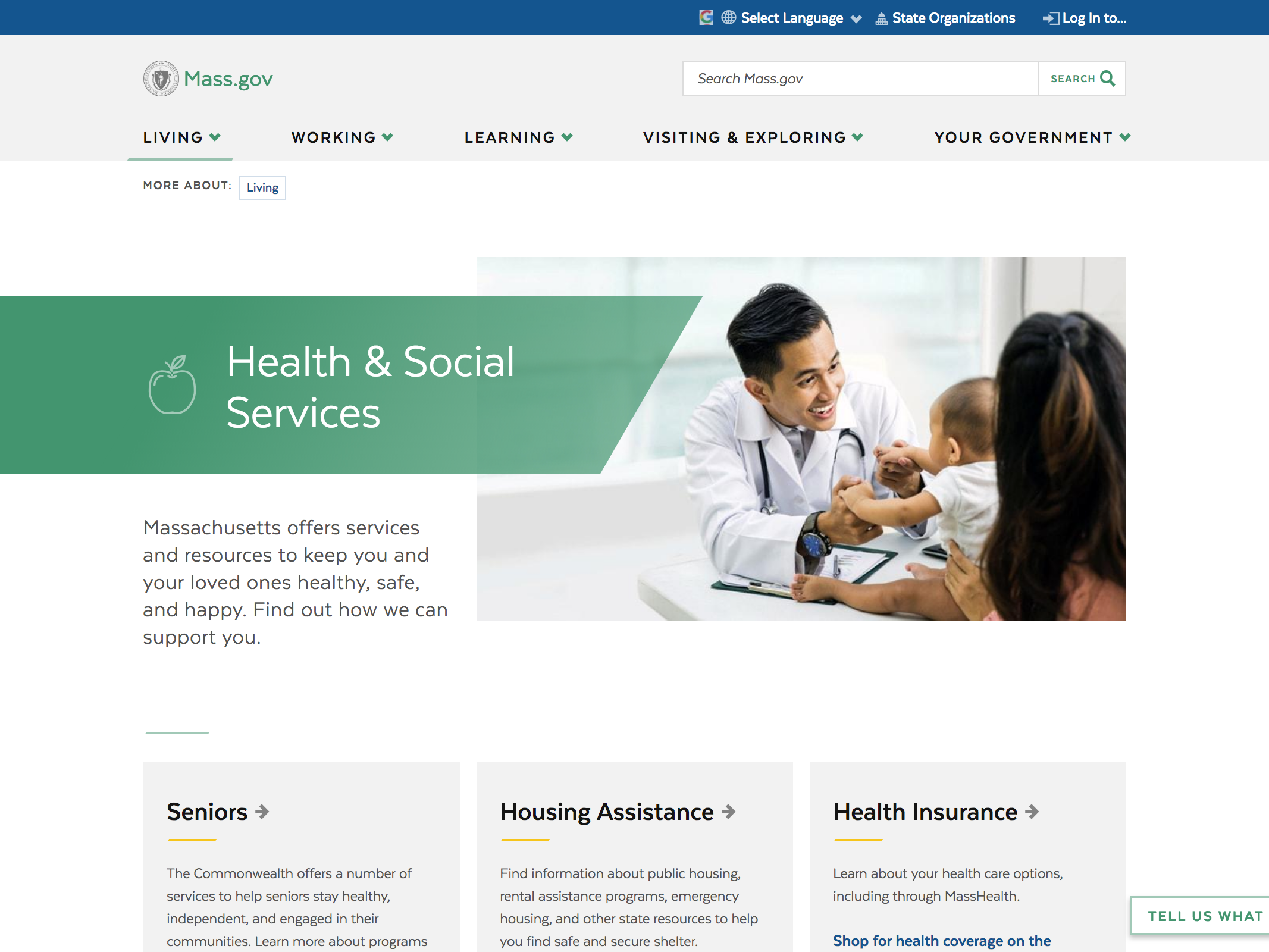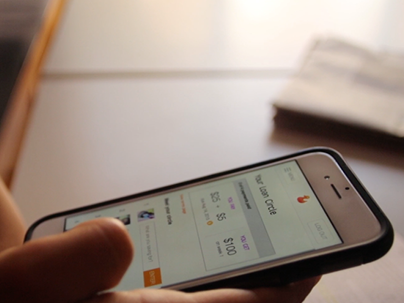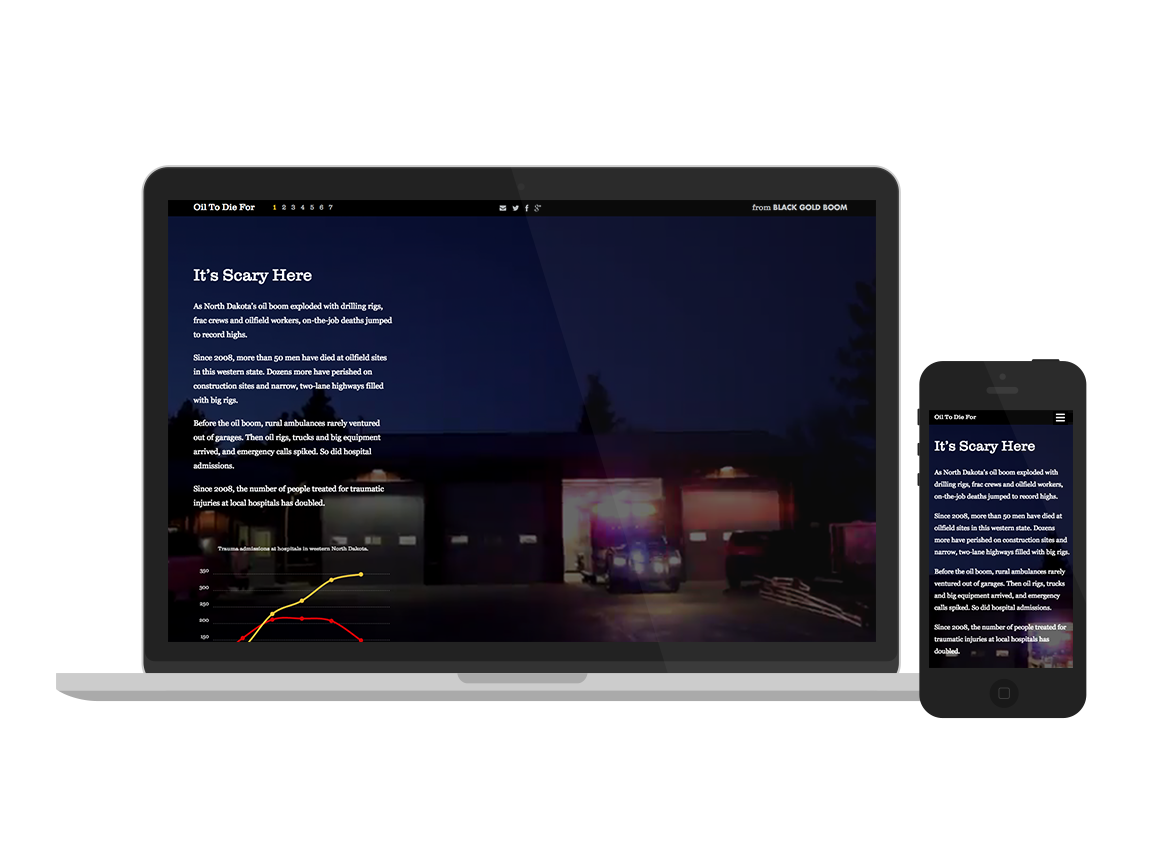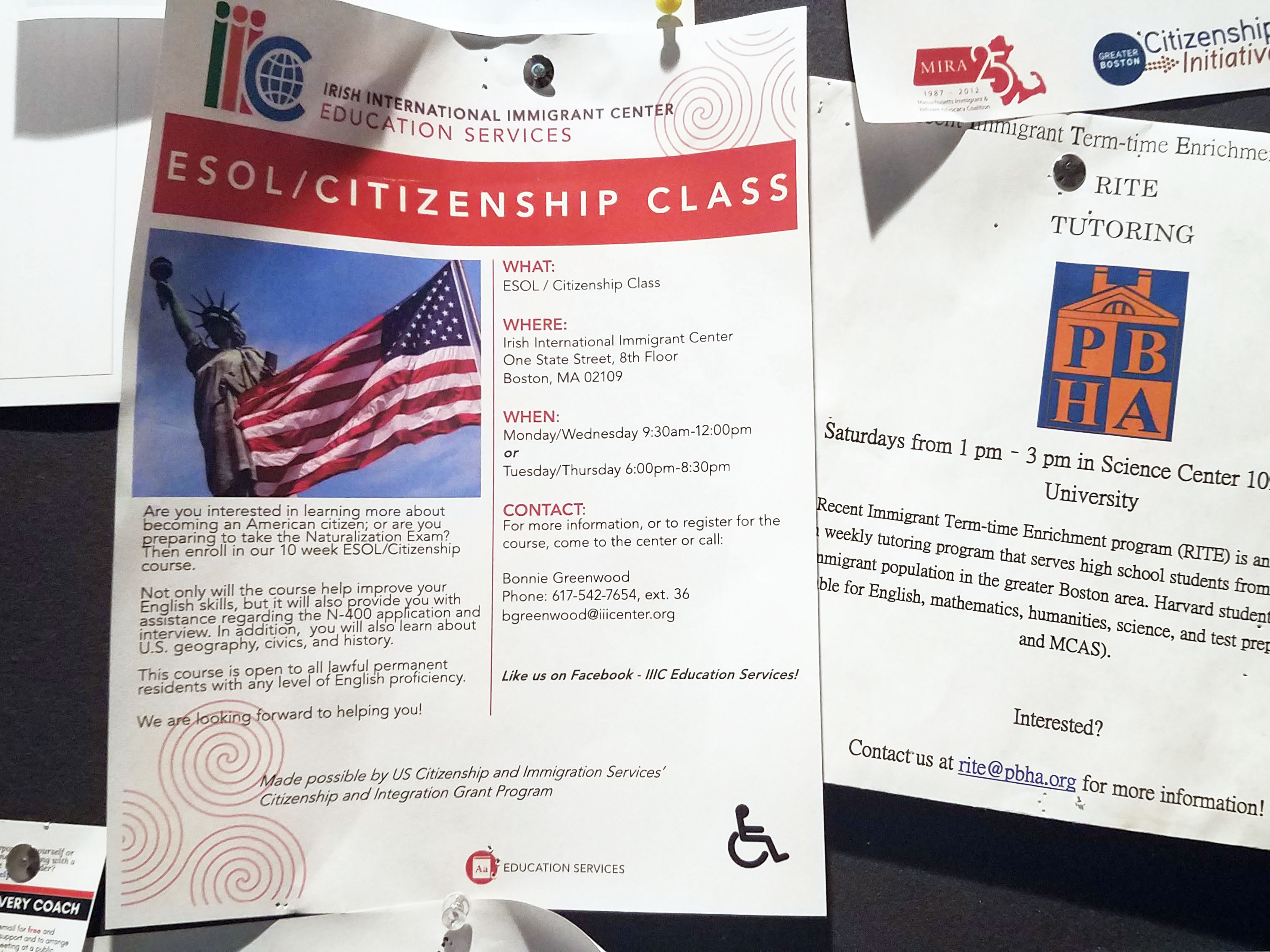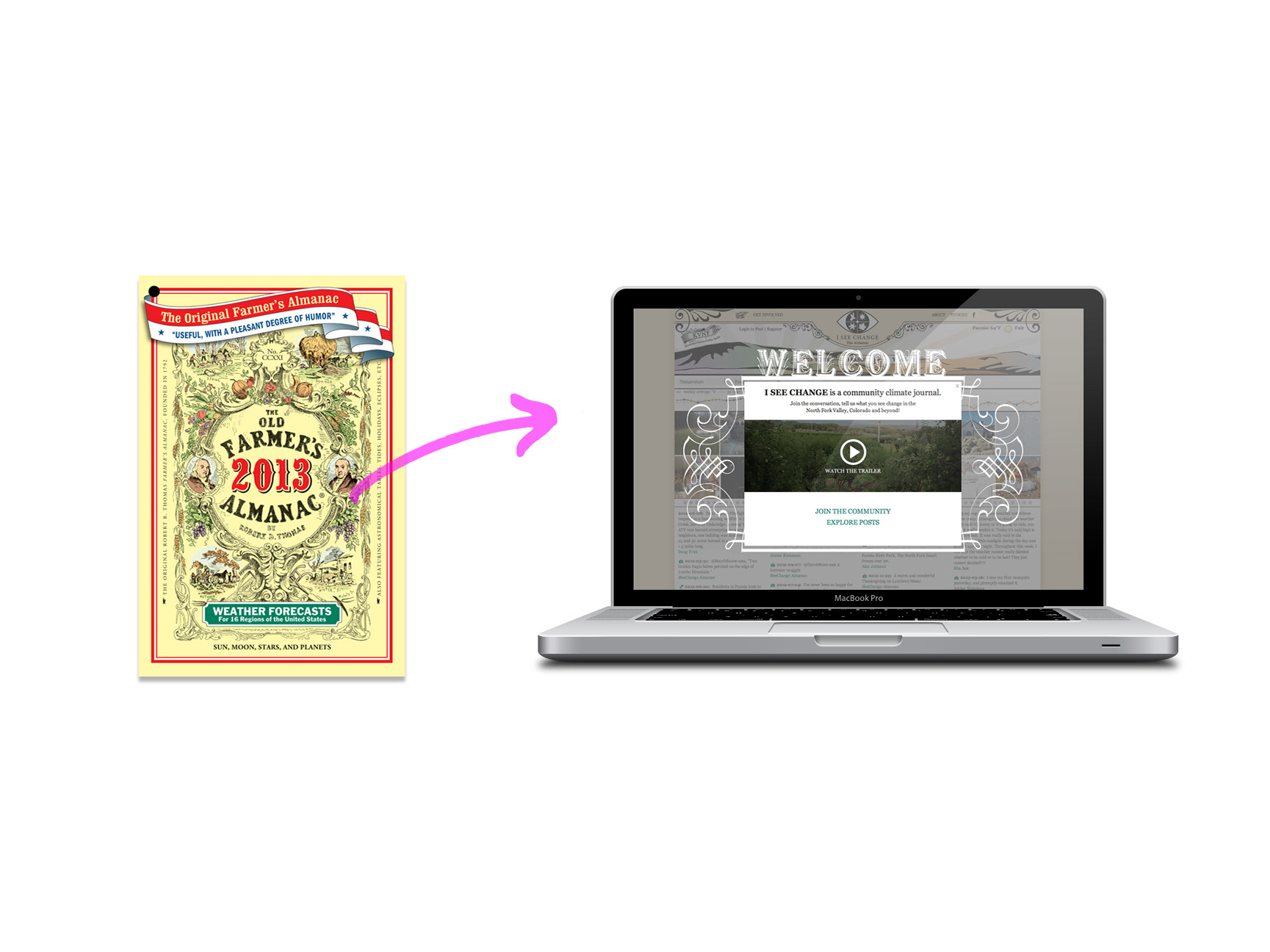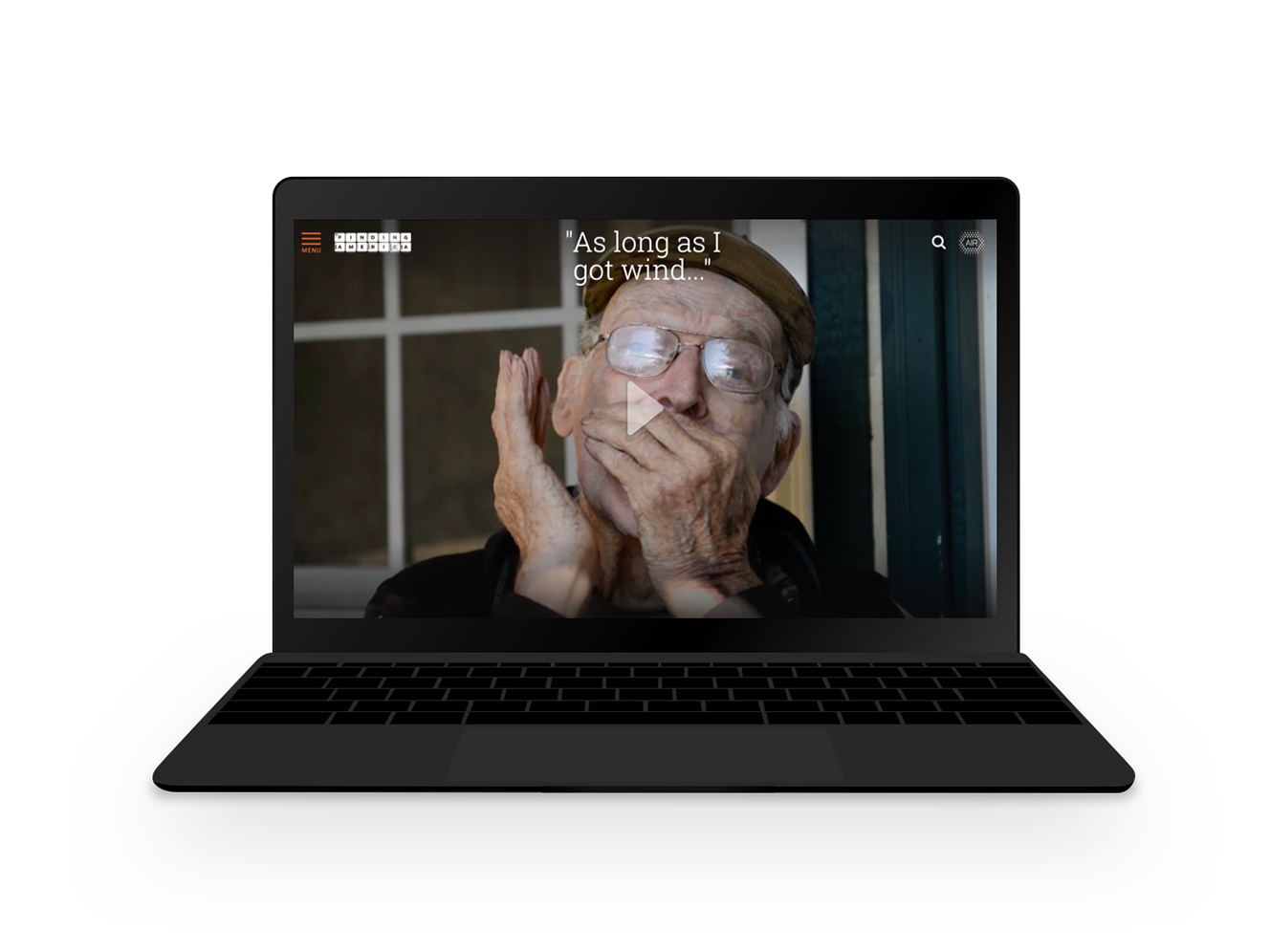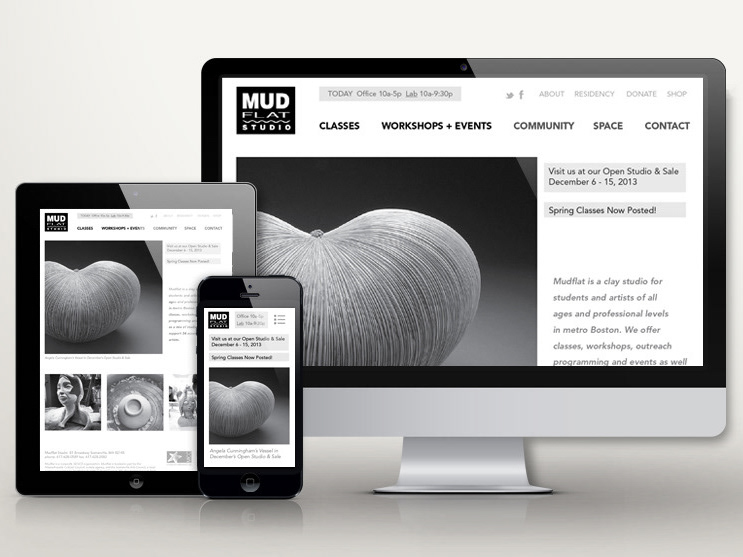There are many households who do not file taxes due to low income that are qualified for stimulus payments. In 2020, the IRS sent 9 million letters to potentially eligible households who had not filed encouraging them to file in order to redeem the pandemic relief. According to analysis from Gabriel Zucker at New America, these households — commonly referred to as non-filers, — are overwhelmingly likely to live in zip codes with more poverty, higher recipiency rates of food stamps and cash assistance, higher proportions of people of color, and lower high-school graduation rates.
In the spring of 2021, I worked with Gabriel to try and speak with some of these individuals about their awareness of stimulus eligibility and accessing payments. Our goals was to provide recommendations on information channels for non-filers, the language used to describe eligibility, the usability of the official eligibility notices, and delivery methods of official notices.
“It just depends if I work. Like last year, I didn’t work so I didn’t file 2020… According to the IRS, you don’t need to file because like what’s the point. If I work, I file. If I don’t, I don’t.”
— Jenna, stay at home parent and part-time social media contractor
— Jenna, stay at home parent and part-time social media contractor
We performed 12 exploratory interviews and tested IRS outreach materials in 45-60-minute sessions conducted over video or phone. Interview questions were open-ended, conversational, and based on high-level themes such as how and what participants learned about stimulus payments, known stimulus experiences (theirs or of others close to them), experience with generally accessing benefits/assistance, experience/attitudes towards filing taxes and knowledge of other IRS programs. Document testing was performed as a think-out-loud exercise with open-ended questions focusing on recognition of the program, language accessibility, and credibility of information. We tested Notice 1444-A with all participants. We tested the CP27 (or CP09 for participants with children) with 9 participants.
After 12 interviews, we were able to see many common patterns and write up preliminary findings for the New Practice Lab blog including direct quotes to help illustrate how each finding manifests in an individual's experience.
